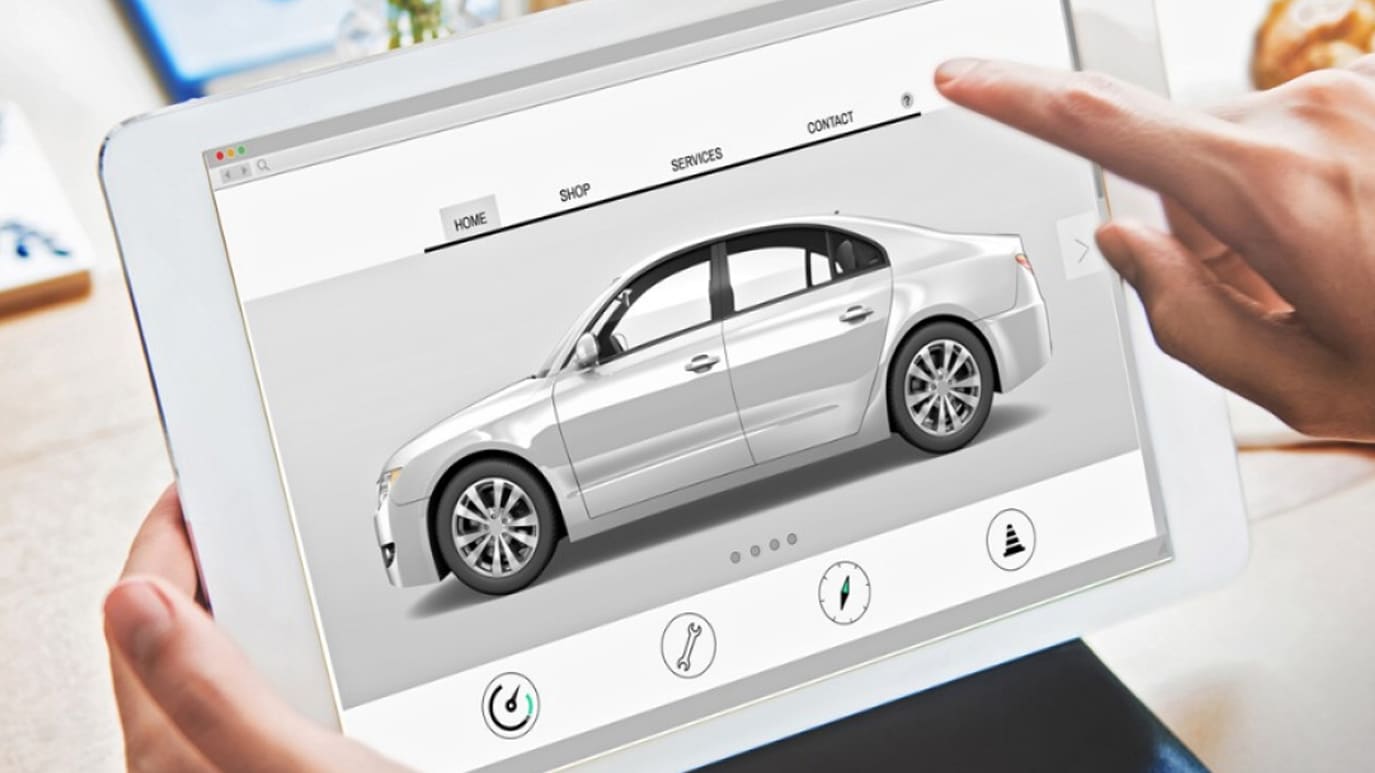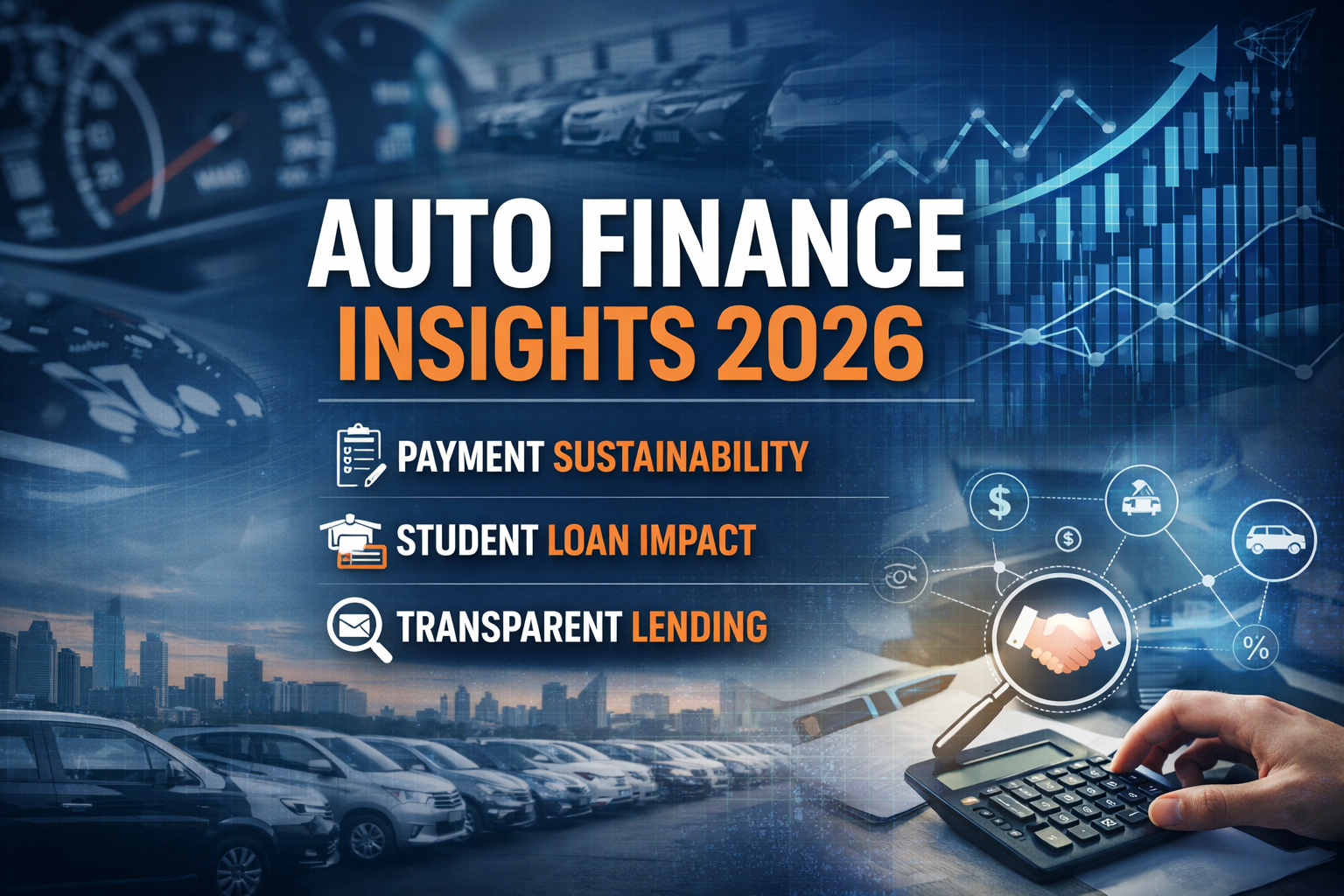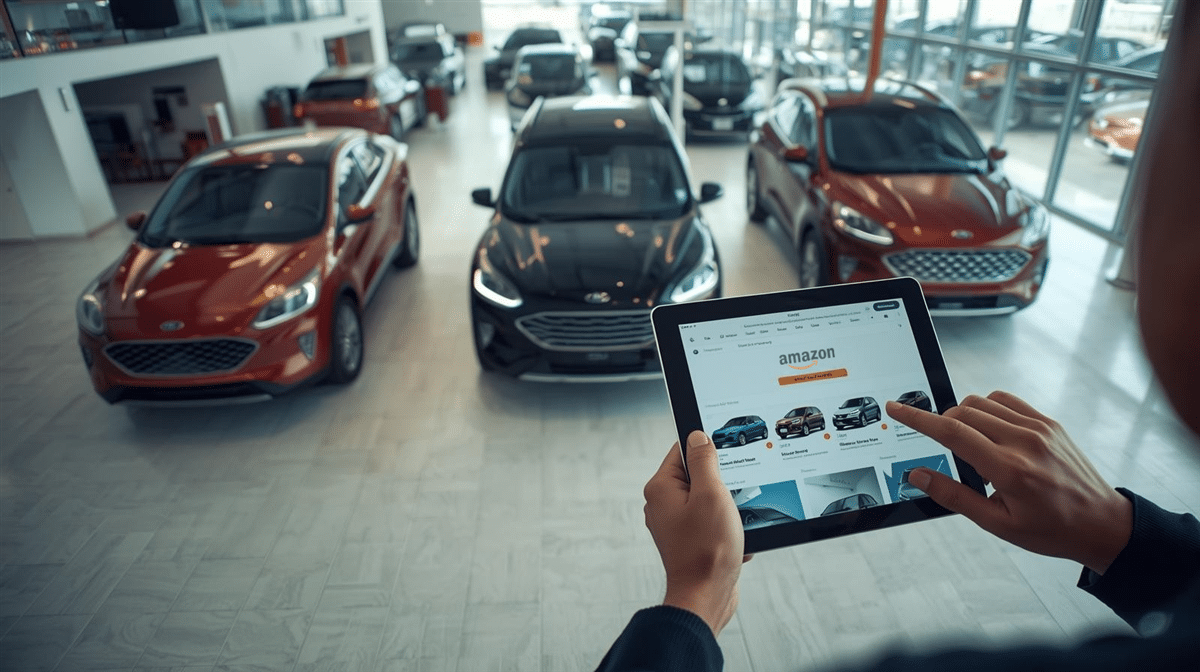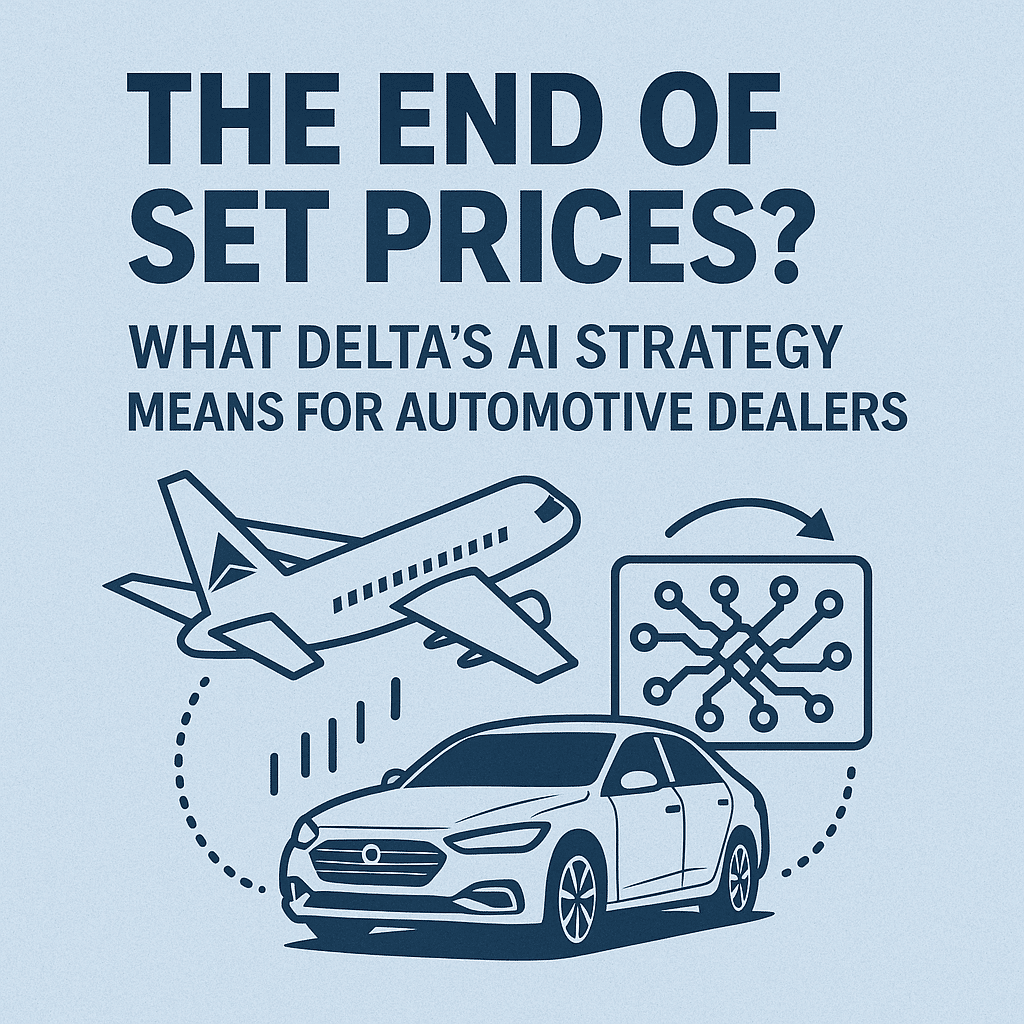Source: CoxAutoInc.
The way the world buys and sells vehicles is changing. It’s not happening all at once and the changes vary by retailer and consumer, but the industry is currently at a major tipping point in its transformation toward eCommerce.
We will explore why this transformation is occurring, how to approach this change, and what retailers could be doing to succeed as the industry changes.
CONSUMER EXPECTATIONS HAVE CHANGED
The online buying experience has evolved from simply buying books, to buying homes, boats, and even cars online. These changes are led by consumers who have grown accustomed to the convenience and speed of online shopping.
Why? In large part it’s because digitally savvy Millennials and Gen Xers now represent larger living populations than the generations that preceded them.1 Additionally, over, and over, these consumers feel they can trust the process, get a fair price, and return the product when buying online. Consumers have been waiting with various degrees of patience for the auto industry to catch up, and an increasing number are ready to apply these conveniences to the car buying experience.
- Consumer satisfaction with car buying has increased with digitization, reaching an all-time high of 72% in 2021, up from 60% in 2019. 2
- Today, 80% of consumers say that they want to do at least part of their vehicle purchase online.3
- 64% of car buyers want to handle more of their purchase online compared to the last time they purchased a vehicle. 4
- In 2021, 25% of consumers stated they would purchase entirely online. 5
- New form (online only) retailers realizing greater than 100% annual revenue growth.6
Dealerships are comfortable with the in-store selling process because it has worked so well ever since the first auto retail store opened in 1897! While retailer processes and approaches have evolved, consumer buying preferences and patterns have evolved even further. Dealerships must continue their evolution and when it comes to eCommerce, they must also transform.
ECOMMERCE – THE NEXT STEP IN AUTOMOTIVE DIGITAL RETAILING
Digital retailing and fully online eCommerce are often viewed as synonymous, but they are not. Digital retailing represents a range of discrete online capabilities that enables some of the consumer journey. Shop and compare, configure, trade valuation, and estimated payments are just a few. However, completing a digital retailing deal still requires manual intervention by the dealership. eCommerce represents the convergence of existing digital retailing capability with new automation and data intelligence that creates a fully online end-to-end purchase experience with no manual intervention required by the dealership.
Just over 13% of all transactions currently take place online and all require some level of sales support.7 As the mismatch between consumer demand and availability of eCommerce at dealerships equalizes, up to 25% of global auto sales are expected to be online by 20258 and continue to grow through 2030 and beyond.
There are two clear early benefits retailers recognize. First, you can drastically change your traffic by expanding your geographic reach. Sharing inventory listings online and providing an easy path to
purchase has allowed car buyers to steadily increase their buying radius over the past three years, nearly doubling from an average of 45.9 miles in 2018 to 89.3 miles in 2020.9 A combination of motivated buyers and extended delivery options can help a dealership tap into markets well outside the usual consumer consideration radius.
The second benefit for retailers is to grow and increase profitability. The right technology can generate more profitable deals by automating and streamlining the underlying workflow that supports the transaction. This technology and deal flow automation allow the business to shed costs while scaling. Retailer operations are very capital intensive. Digital channels can reduce capital needs and allow retailers to improve cash flow and/or redirect investments into expansion.
THE AUTOMOTIVE SPECTRUM – A FUTURE WITH ALL EXPERIENCES
As you know, digital retailing is a spectrum that serves different buying styles. Consumers want to be able to begin, continue and complete their shopping journeys across all channels. At one end, you have the car buyer who wants a 100% digital experience with no human interaction. On the other end, there are buyers looking for a 100% physical in-store experience, with no digital touchpoints. But most are somewhere in between, and at least a portion of their car shopping and buying journey touches digital channels. The spectrum will continue to shift toward digital over time, much like what has been seen in other industries.
Retailers should think about their customers’ shopping and buying preferences, determine where they are in the digital spectrum, and begin to prepare for the future.
PREPARING FOR A FULLY ONLINE ECOMMERCE TRANSFORMATION
Transforming to a fully online eCommerce channel requires time and a significant mindset change. It can be difficult to embrace change, especially when your team has been successful in selling cars the same way for decades. The key is to begin your thinking and strategizing now so you are ready when it’s your time.
The first step is getting your leadership team fully on board with an evolutionary strategy. Your strategy should build upon who you are as a company and how you want to show up. It’s important to update the value proposition for your dealership and what you stand for. Identify changes in policies and warranties and know what staffing models you will need, for example.
For a successful and sustainable transformation, leadership must make a consistent and transparent effort to enthusiastically cultivate an environment within the organization that drives change. The bottom line is that a move to fully online eCommerce requires your leadership team to work with the current staff, build consensus by seeking their input and collaboration, and incentivize them to do the work that will help your program succeed. Make them part of the new strategy and solution so that they have a stake in the success of the digital transformation.
To help retailers determine their readiness for digital retailing approaches, here are some key areas of eCommerce transformation.
PUTTING THE RIGHT TALENT IN THE RIGHT PLACES WITHIN YOUR ORGANIZATION
When transforming for what’s next, start by considering your talent and organization. Some of the roles and processes necessary to successfully complete an online sale will feel counterintuitive to dealership team members who are accustomed to in-store and online/in-store deals. Appropriate coverage and
support may require a mixture of training, thoughtful staff reallocation, and new hires. You will want to review your organization and be staffed with the right types of talent within marketing, sales, and operations to drive online transactions.
Traditionally, digital marketing has played an important role in creating awareness and leads (click-to-mortar). For marketing to successfully drive transactions, it requires individuals who can build awareness and clicks, but also requires eCommerce experts who can drive conversion through the funnel to drive transactions. You may have an agency who does this or full-time personnel, but it is a critical component to eCommerce success.
Another vital area within the organization is sales. Currently you have a compensation model built around your brick and mortar and online/in-store model. A fully online model would likely require adjustments to compensation plans to incentivize the actions necessary to encourage online transactions and ensure profitable digital retailing transactions. For example, one model may have the sales team taking on more of a concierge role, helping to support and guide the deal through to completion. This hospitality-oriented mindset should extend to other staff members as well, including any new roles added specifically for eCommerce fulfillment.
Finally, an organizational change may be required within F&I. The F&I role will need to be modernized as the consumer completes more of their traditional tasks online. Digital retailing and eCommerce take away some day-to-day manual data entry work such as inputting credit applications and running bureaus, which allows F&I managers to spend their time concentrating on the more complex deals and increasing sales volume.
These adjustments to your team will help focus each department on the consumer-first mindset necessary to result in sales while creating notable experiences for each customer.
BUILDING THE ULTIMATE CONSUMER EXPERIENCE THAT TRANSCENDS JUST CLICKING A BUY BUTTON ONLINE
For most eCommerce, you need to build on the brand reputation for quality and service that your business already has within the community and region. Start by looking at the experience you offer your current clientele, how you establish trust today, and what you do to engage prospective car buyers.
With fully online/eCommerce retail, you’ll need to take additional steps to make sure the car buyer understands how the tools work, offer speed and efficiency, provide transparency into pricing and process, establish clear and fair guarantees and warranties, and offer personal support as needed.
If you want shoppers to buy fully online, your policies need to reflect the experience you would have offered in store. Successful online retailers provide the best guarantees and customer service—and it’s all online. We know that offering the buying process online is paying off, with 74% of car buyers in 2020 reporting that they were happier compared to the previous year due to the increase in online shopping versus time spent at dealerships.10
As you start to work on your new business strategy, one area where you can really shine is order fulfillment and delivery. When you’re optimizing your delivery process for eCommerce, be sure to take into consideration how to handle orders outside the usual delivery radius. Consider covering delivery fees to amp up the perceived level of service you provide. You will need delivery drivers to provide high-level customer service as they handle additional tasks including collecting delivery confirmation
signatures, evaluating trade-in vehicles, etc. It will also be necessary to plan for handling registration and titling so that fully online customers end each transaction on a positive note.
CONSIDERING HOW YOU’LL GO ABOVE AND BEYOND
It’s important to also look at your overall value proposition. Everyone will offer consumer-friendly policies like 7-day returns, free delivery within a certain number of miles, etc. What will differentiate you? Will you provide an experience element that is truly memorable and social media worthy? Your dealership will need to stand out for something, or risk being overlooked.
Think about Nordstrom department store, which has thrived for more than a century, in part by being incredibly customer focused. There’s a (probably apocryphal) story that they once refunded a customer for a tire, even though Nordstrom doesn’t sell tires. Their well-known customer service focus makes it seem plausible. Or a more recent example is online pet supply retailer Chewy, known for personal touches such as sending customers a painting of their deceased pet and suggesting that items sent in error be donated to an animal rescue rather than returned. The company actively encourages their employees to go above and beyond for customer service and showcases service stories on their website.
Great customer service is not achieved with a long rule book with policies for every possible scenario. It’s a mindset, and it requires that you empower your front-line team to make the best decisions— prioritizing consumer loyalty first—even at the expense of short-term profitability. A car buyer wants a car in perfect condition. However, the goal is to build a reputation for a best-in-class customer experience, like industry leaders such as Zappos, Amazon, Chewy and others. A great customer service mindset leads to happy customers, positive reviews, referrals, and repeat business which will be key to automotive eCommerce success.
FOCUSING YOUR MARKETING INVESTMENTS TO FUNNEL CURRENT AND POTENTIAL CUSTOMERS TO YOUR ONLINE SITE
So where are those customers coming from? It’s important that you continue to invest in showcasing your brand. Showcase the new way to buy online with your brand by building awareness and traffic at the top of the funnel. Content is key to engaging customers so you must reassure your new customers that their money, time, and efforts are safe with your brand. And you must target them via search engine optimization and through search engine marketing. Investment in these areas will allow you to target and pull in car buyers earlier in their purchase process and move them more quickly into brand awareness and demand generation journeys that can feed your sales pipeline.
While marketing for in-store sales focuses on bringing in leads, messaging for online sales should focus on branding, building trust, and driving eCommerce transactions.
- Educate customers about the purchase platform
- Reinforce how easy it is to buy a vehicle without leaving home in a secure, easy way
- Showcase your inventory and what your brand stands for through content
BECOMING AN INVENTORY AND MERCHANDISING GURU IS KEY TO SUCCESSFUL AND SUSTAINABLE TRANSFORMATION
Online merchandising, along with inventory selection and ready availability of listed vehicles, is key to getting ready-to-buy shoppers to buy online with you.
Online vehicle merchandising is an important area for establishing trust with consumers, especially those buying a vehicle sight unseen. This means photos, videos, and detailed descriptions that provide an accurate view of each vehicle for sale. Remember that your content is a true differentiator to help drive both organic traffic and conversion rates.
It’s also important to coordinate inventory management between online and in-store to ensure that vehicles are marked sold promptly via either channel. While pricing will be the same in any channel, the efficiencies of online retail can allow you to offer exclusive benefits to digital retailing customers such as a more flexible return policy.
Establishing acceptable trade valuations is also an important step to building consumer trust. Managing trade-ins online begins with a reliable valuation source, but also requires a mindset of transparency for the consumer. Many successful dealerships establish an acceptable variance on the trade amount for eCommerce deals to eliminate any costly hassles and consumer frustration.
Continue reading here: https://www.coxautoinc.com/market-insights/transformation-toward-ecommerce-in-automotive-retailing




